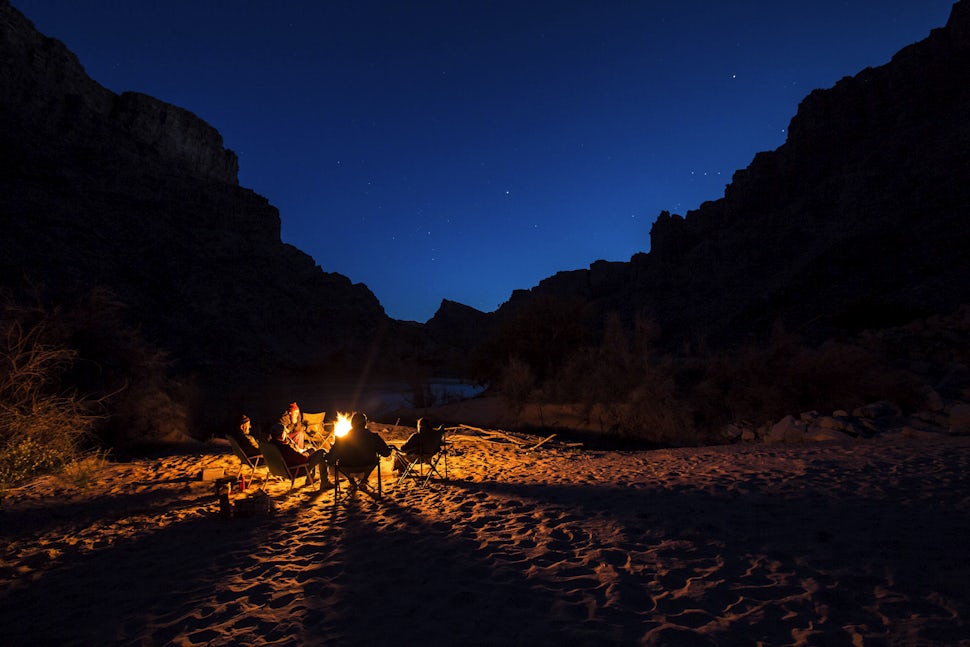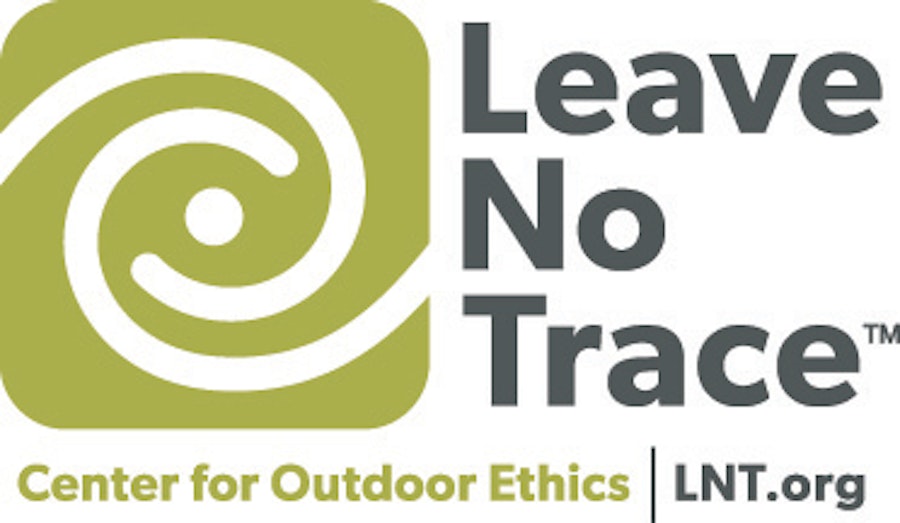#ProtectTheWild: 5 Tips For Campfire Safety
Burn smart and burn safe.

As a United States Forest Service Firefighter, I see a lot of destruction to the areas we love due to poor campfire etiquette. It’s really simple to enjoy yourself around the fire safely and responsibly if you can remember some basic principles. With these tips, I hope to spread awareness and knowledge of fire safety and help limit the amount of human caused wildfires across the US and beyond. For even more information, check out the Leave No Trace website.
Here are some pretty staggering facts that illustrate the kind of damage poor fire etiquette can do:
“Humans cause an average of 62,135 fires each year. 67% of all human-caused fires are started in Southern and Eastern areas. More than 2.4 million acres are burned each year by people who start wildfires.” - NIFC.gov
“In 2014 there we 63,212 recorded wildfires resulting in 3,595,613 acres burned and a whopping $1,522,149,000 spent on suppression.” - NIFC.gov

Follow these 5 tips to avoid contributing to these alarming statistics:
1. Ask yourself, “should I build a fire here?”
Be sure that you are familiar with your area and do your research - depending on a few things like time of year, weather, fire danger, and even forecasted weather, the fire restrictions will vary in each specific location. You can simply follow the directions on the signs you see posted, or better yet, check in with the local US Forest Service and Bureau of Land Management visitor centers before your trip or upon arrival. They will have all the recent restrictions.
2. Use proper campfire setup.
Before you start your fire, make sure you have water and a shovel nearby and that the area all around your fire is clear with no overhanging branches or brush near the fire pit. Ideally, you’d only build fires in established campfire rings but if you build your own, there are a few options - some better than others. Mound fires make for easy clean up: lay down a ground cloth or plastic garbage bag, cover with 3-5 inches of soil in a flat-topped mound, then build your fire on top of the mound. This method allows you to build on rock outcroppings or organic materials without scarring them. Use the ground cloth to easily pick up your (completely drenched) ashes and dirt at the end of your fire. Another option that keeps your fire off the actual ground is a fire pan. Using some rocks, elevate a metal “dish” with three-inch side panels (an oil drain pan or an old backyard BBQ should do the trick) off the ground and build your fire in the pan. These first two methods are ideal as they make the least (virtually no) impact on the immediate area where your fire is. If you do dig your own firepit, keep it to roughly 2x2x2 ft and surround the pit with rocks. You'd be surprised how much that helps with wind and spreading in the leaf litter.
3. Burn safe and smart.
Keep your fire small and never leave it unattended. Burn local wood only. Ideally you’ll be going somewhere where there is plenty of dead, dry wood around to collect for your fire. If you need to bring in your own firewood, buy from a local store rather than bringing it all the way from home. This helps keep specific types of plants and trees in their specific areas. If you are collecting wood from the location you’re camping, only collect wood from the ground, never chop down trees or pull branches down, and don’t collect firewood if you’re in desert and/or high alpine areas where trees and wood are scarce.

4. Put your fire out cold.
When you are done enjoying your fire, let it burn to white ash then put it out completely. Drench it with water, stir, and drench again. Don't forget under and around the rock ring. Never rely on covering your fire in dirt to put it out - embers can continue smoldering for days and start a fire later on if exposed by wind. In the firefighting world we do something called “cold trailing”. After you think your fire is cold enough to leave, touch it with the back of your hand and feel around in the fire for any heat. Be sure you’ve already drenched and stirred your fire well before cold trailing. After one check with no heat, drench again for good measure, and you are good to go. Spread the ashes over wide area or, if designated by the local authorities, pack the ash out in a trash bag.
5. Everyone is responsible for the fire.
It’s important to note that everyone in the group needs to be aware of how to have a campfire while making the least possible impact on the environment. If you’re leading some friends on their first camping trip, give them the lowdown beforehand. When the group is breaking up responsibilities for setting up camp, make sure those collecting firewood know what to look for. If everyone is educated and holds each other accountable, you’ll have a toasty fire and #ProtectTheWild at the same time.

Campfires are a classic tradition and a staple in the overall camping experience. These tips will help you keep your campfire safe and Leave No Trace friendly. However, to take these lessons a step further, consider making an even smaller impact in the backcountry by skipping the campfire and cooking your food with a camping stove.
Cover photo: Jacob W. Frank
A note from the team: This article is part of our #ProtectTheWild series, in which we will be highlighting social media’s role in outdoor participation, along with examples, lessons, and tips on how we can all help mitigate our impact on the wild. As a company, we are committed to shining a light on this critical issue and to continually educating our community about how to act responsibly in the outdoors.
Please respect the places you find on The Outbound.
Always practice Leave No Trace ethics on your adventures. Be aware of local regulations and don't damage these amazing places for the sake of a photograph. Learn More
We want to acknowledge and thank the past, present, and future generations of all Native Nations and Indigenous Peoples whose ancestral lands we travel, explore, and play on. Always practice Leave No Trace ethics on your adventures and follow local regulations. Please explore responsibly!
Do you love the outdoors?
Yep, us too. That's why we send you the best local adventures, stories, and expert advice, right to your inbox.









